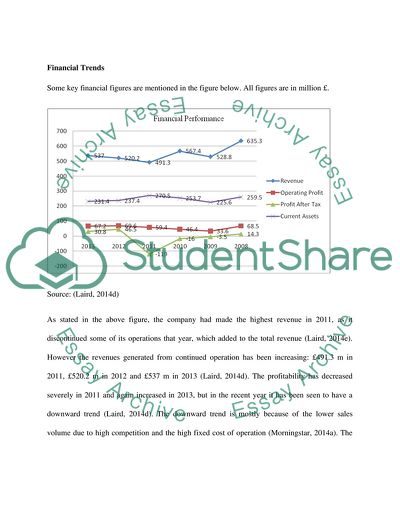Cite this document
(“Financial and Corporate Actions of Laird plc Essay”, n.d.)
Financial and Corporate Actions of Laird plc Essay. Retrieved from https://studentshare.org/finance-accounting/1665075-please-give-me-a-topiclaird-plc-296
Financial and Corporate Actions of Laird plc Essay. Retrieved from https://studentshare.org/finance-accounting/1665075-please-give-me-a-topiclaird-plc-296
(Financial and Corporate Actions of Laird Plc Essay)
Financial and Corporate Actions of Laird Plc Essay. https://studentshare.org/finance-accounting/1665075-please-give-me-a-topiclaird-plc-296.
Financial and Corporate Actions of Laird Plc Essay. https://studentshare.org/finance-accounting/1665075-please-give-me-a-topiclaird-plc-296.
“Financial and Corporate Actions of Laird Plc Essay”, n.d. https://studentshare.org/finance-accounting/1665075-please-give-me-a-topiclaird-plc-296.


